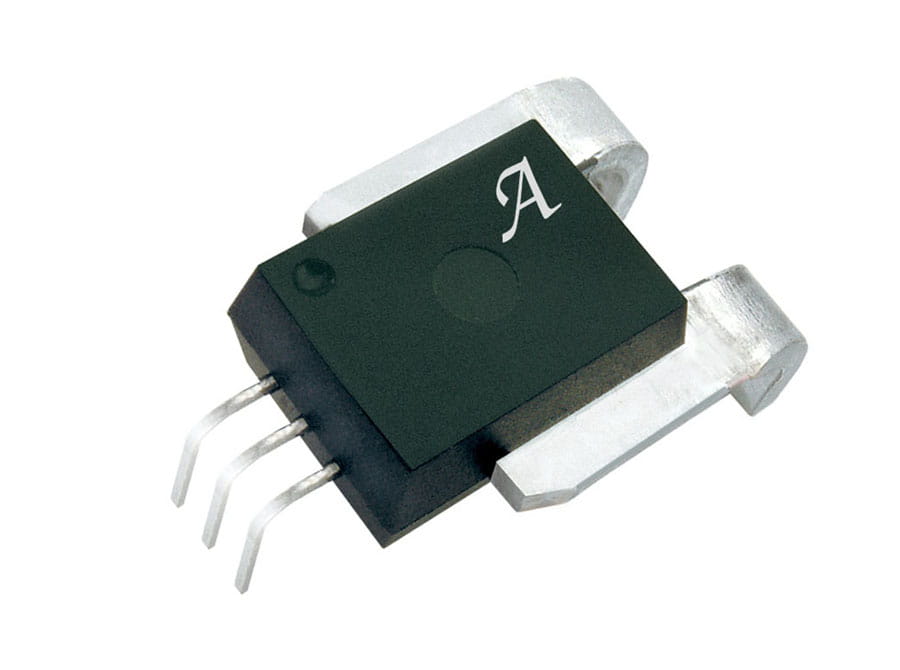Response?
Hello John Stone, and all, did you have a response from RM Cybernetics on making Monster Drivers?
Hope all is well,
Regards Cornboy.
Originally posted by JohnStone
View Post
Hello John Stone, and all, did you have a response from RM Cybernetics on making Monster Drivers?
Hope all is well,
Regards Cornboy.



 A little help could be maybe using very cheap nRF24L04 tranceivers (2$ for one on ebay with free shipping from Honk Kong) connected to Arduino . Max speed is 2Mhz.They are working in pairs (you need to buy two to be workable ). I have been succesfully using them to pass data collected from my coal burner up to 15 meter to my bedroom (I watch temperature of stove and in garage) (it's however an edge of range however through thick walls) it was my first project with Arduino
A little help could be maybe using very cheap nRF24L04 tranceivers (2$ for one on ebay with free shipping from Honk Kong) connected to Arduino . Max speed is 2Mhz.They are working in pairs (you need to buy two to be workable ). I have been succesfully using them to pass data collected from my coal burner up to 15 meter to my bedroom (I watch temperature of stove and in garage) (it's however an edge of range however through thick walls) it was my first project with Arduino 



Comment